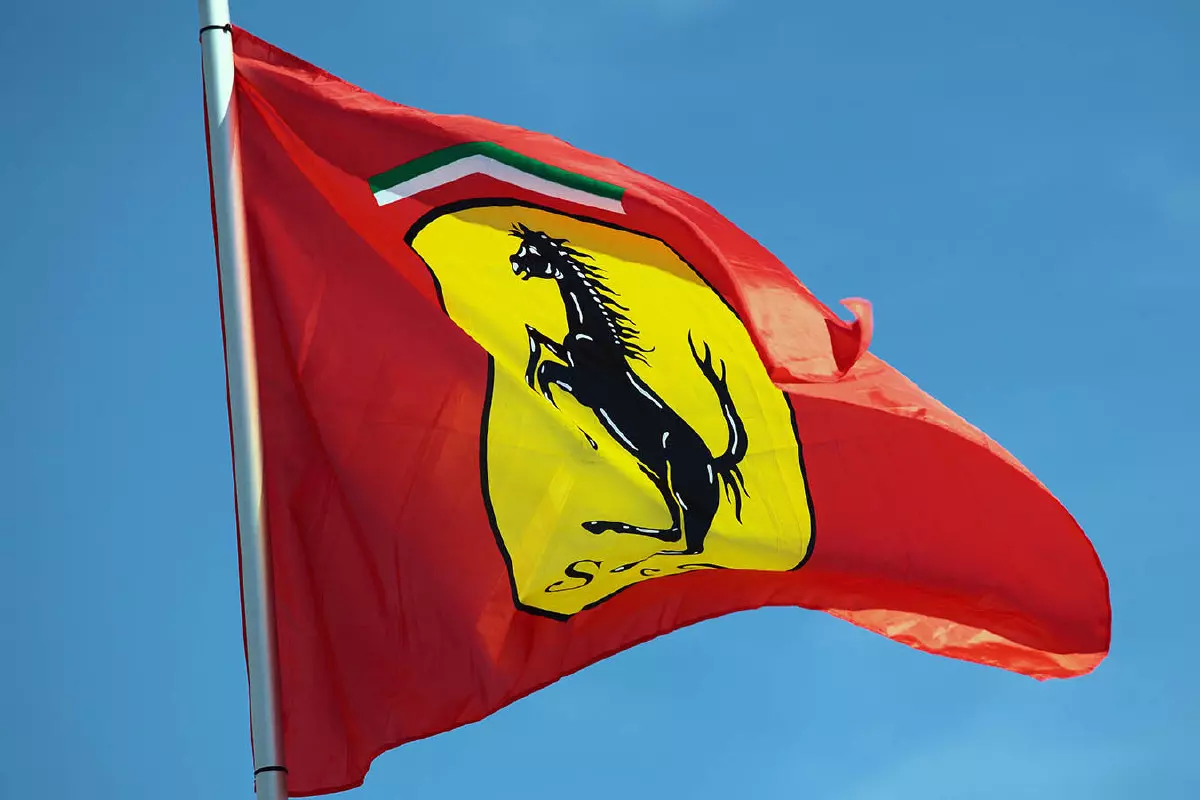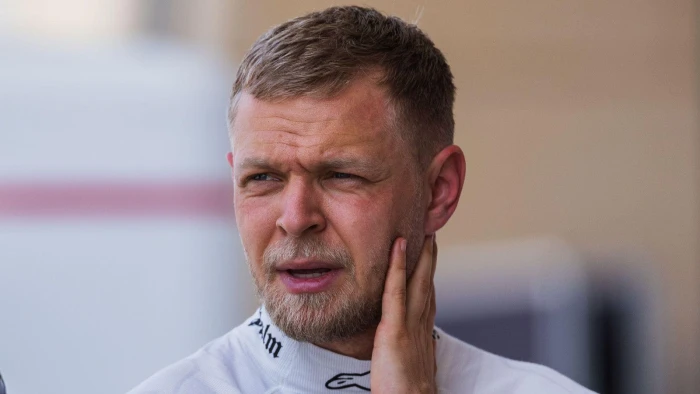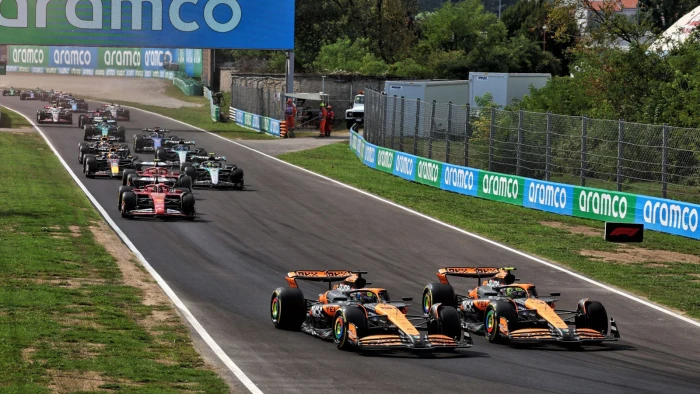Nine iconic moments from Ferrari's history as they cross 9,000 points

Ferrari flag
With Charles Leclerc’s win at the Austrian GP, Ferrari have become the first team to cross 9,000 official points in F1 history.
Ferrari takes to the streets of Monaco for their F1 debut
Monaco, May 1950
How it started...
— Formula 1 (@F1) May 23, 2021
? Monaco
? 21 May, 1950#MonacoGP ?? #F1 pic.twitter.com/qsjwddGzXM
Collins gifts his car and the title to team-mate Fangio
(Monza, September 1956)
Lauda returns to racing after horrific Nurburgring crash
(Monza, September 1976)
Just six weeks after his horrific crash which him with severe burns, no one expected to see Niki Lauda back at the track let alone back in the car - but he did at the Italian Grand Prix.
Scheckter and Villeneuve delight home crowd to seal both Championships
(Monza, September 1979)
Excited to be in Monza this weekend to celebrate the 40th anniversary of my win here in a @ScuderiaFerrari in 1979. A special moment in my @F1 career that I’ll never forget! #ItalianGP #F1 pic.twitter.com/IiY58iI5NX
— Jody Scheckter (@JScheckter) September 5, 2019
The Monza miracle as both McLarens DNF
(Monza, September 1988)
#OnThisDay in ’88, at Monza, the Ferraris of Berger & Alboreto finished 1-2 in the first #ItalianGP since the death of Enzo Ferrari. But, for McLaren, this was the one that got away: had Senna not fluffed his lapping of Schlesser’s Williams, McLaren would have won 16 out of 16. pic.twitter.com/f0xeOfpcDc
— Matt Bishop ?️? (@TheBishF1) September 11, 2021
Schumacher masters the rain to win for the first time at Ferrari
(Barcelona, June 1996)
Michael’s first victory with @ScuderiaFerrari, under heavy rain – what a drive! #OTD in 1996, 25 years ago, Michael wins the Spanish GP in Barcelona, and the joy of Jean Todt could not have been bigger ? ? Eric CABANIS / AFP #KeepFighting #TeamMichael pic.twitter.com/E64u3os4ui
— Michael Schumacher (@schumacher) June 2, 2021
Schumacher breaks the Ferrari drought
(Suzuka, October 2000)
Twenty-one long years Ferrari fans had waited for their next Drivers' Championship. Having not won since 1979, Michael Schumacher was brought in to rectify that blot on the team's copybook.
Michael winning his first @F1 World Championship for @ScuderiaFerrari on 8/10/2000, in Suzuka #TeamMichael #KeepFighting @JeanTodt pic.twitter.com/uwvcIPwowU
— Michael Schumacher (@schumacher) October 8, 2017
In the race, Hakkinen sped into the lead but reacted when rain came in the second lap and headed for the pits.
Schumacher meanwhile decided to stay out and found enough grip to pull off the overcut. He would go on to win the race and secure that elusive Drivers' Championship.
Raikkonen pips Hamilton to Drivers' Championship
(Sao Paulo, October 2007)
But the Ferrari showed pace and both the Finn and team-mate Felippe Massa were able to overtake the young Brit.
There was more trouble for Hamilton as a gearbox issue saw him overtaken by most of the grid. When he finally managed to reset the car's computer, he was in 18th with his title ambitions all but gone.
#OTD in 2007, Kimi Raikkonen won the Brazilian Grand Prix, and the #F1 Drivers' title by a single point.
— PlanetF1 (@Planet_F1) October 21, 2021
He remains Ferrari's most recent World Champion. pic.twitter.com/cOqnsttkNT
Leclerc honours Hubert with maiden Formula 1 win
(Spa, September 2019)
❤ ☝#F1 #BelgianGP ?? @Charles_Leclerc pic.twitter.com/QkFHYIwrzG
— Formula 1 (@F1) September 1, 2019



